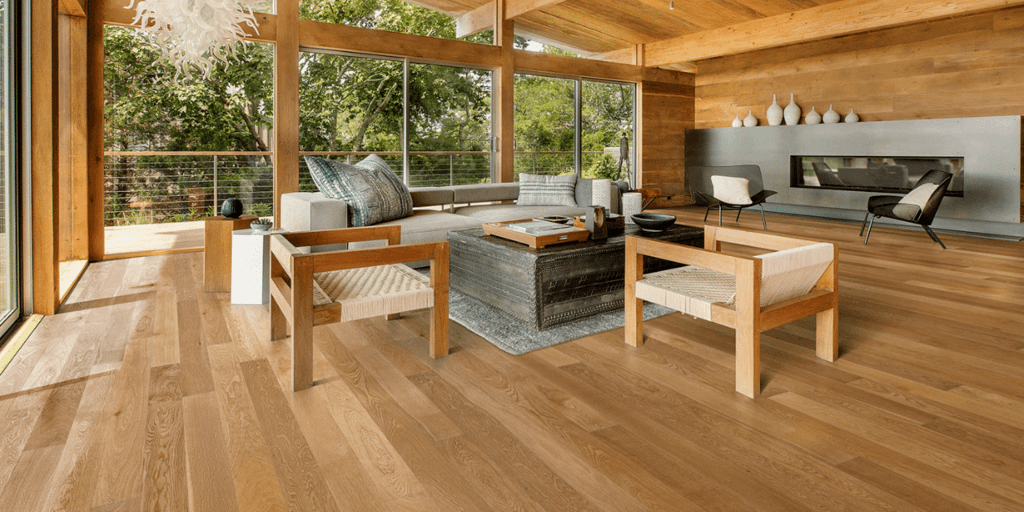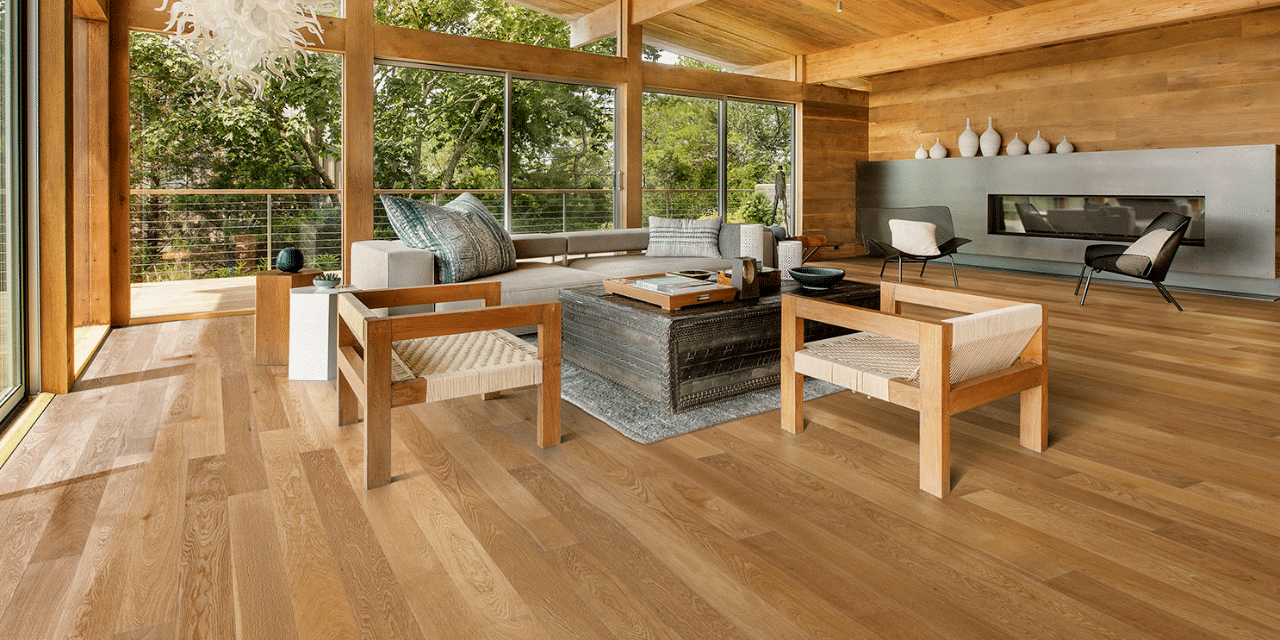- You are here:
- Home »
- Blog »
- Home Articles »
- What Are the Best Eco-Friendly Flooring Options?
What Are the Best Eco-Friendly Flooring Options?

Worried about your carbon footprint? With the ongoing threat of Global Warming, it’s crucial we find ways to help the planet.
One way you can do this is to ensure you make sustainable purchases. However, knowing what is and isn’t sustainable can be tricky, especially when it comes to flooring. How can you tell whether a floor is sustainable or not?
Leeds-based flooring retailer, Stories Flooring, is currently driving sustainability in the industry. Here, the company shares its views on the best eco-friendly flooring options available.
What type of flooring is the most sustainable?
To reduce their impact on the environment, most flooring manufacturers are focusing on sustainability. Newer floors are being constructed using eco-friendly processes, and chemical-free surfaces. When looking for the best type of eco-friendly flooring, you’ll need to consider the following:
- Are the materials sustainably sourced?
- Can the floor be recycled?
- Is the floor made from recycled materials?
- Are chemicals used within the manufacturing process?
You can usually find out how the materials are sourced by checking on the manufacturer’s website. Those who do focus on sustainability tend to make it clear on their site. For example, leading wood flooring brand Kahrs, focuses on sustainable forestry. This means working with NGOs and forestry organisations to ensure sustainable reforestation.
Flooring that is made from recycled materials, or that can be recycled, is also a great choice for the eco-conscious. If you plan on investing in a vinyl floor, pay attention to any mention of chemicals used in the production process. Older vinyl floors can release harmful chemicals into the air over their lifetime. Newer LVT floors tend to be constructed without any nasty chemicals. Always double check that the floor you are purchasing states it is phthalate and VOC free.
Now you know what to look out for when choosing eco-friendly flooring, let’s look at the best types you can invest in.
Engineered wood flooring
Wood is a renewable material, making it a naturally good choice for those seeking an eco-friendly floor. Engineered wood floors are the most eco-friendly, with only the top layer made from solid wood. This means fewer trees are chopped down to create engineered flooring.
Most flooring brands also source their materials from sustainable forests in Europe. You will find a huge choice of engineered floors on the market. Make sure the one you choose comes with FSC (Forest Stewardship Council) Certification. Manufacturers with this certification have made sure every process involved in constructing the floor is eco-friendly.
You’ll also find that engineered wood floors are much better at circulating heat than some other flooring types. This keeps the space cosier during cold, winter months. As a result, you won’t need to use as much heating to stay comfortable. This isn’t just good for the environment, it’s great for your wallet too.
Luxury vinyl flooring
Vinyl flooring has a bad rep when it comes to sustainability. However, LVT floors have started to become much more eco-friendly than they used to be. Manufacturers are paying attention to the way they construct this type of floor. In a bid to reduce their carbon footprint, they are focusing on sustainable processes.
Look out for an LVT floor that is free from plasticisers and VOC’s. These are harmful chemicals that can be released from the floor over time. Most new LVT floors contain zero plasticisers or harmful chemicals.
Some LVT floors are also recyclable. Before purchasing a vinyl floor, do a little research to see how eco-friendly it is.
When it comes to sustainability, engineered wood and LVT flooring are two of the best options. There are hundreds of designs to choose from and if you shop through Stories Flooring, you could save up to 65% off RRP.


